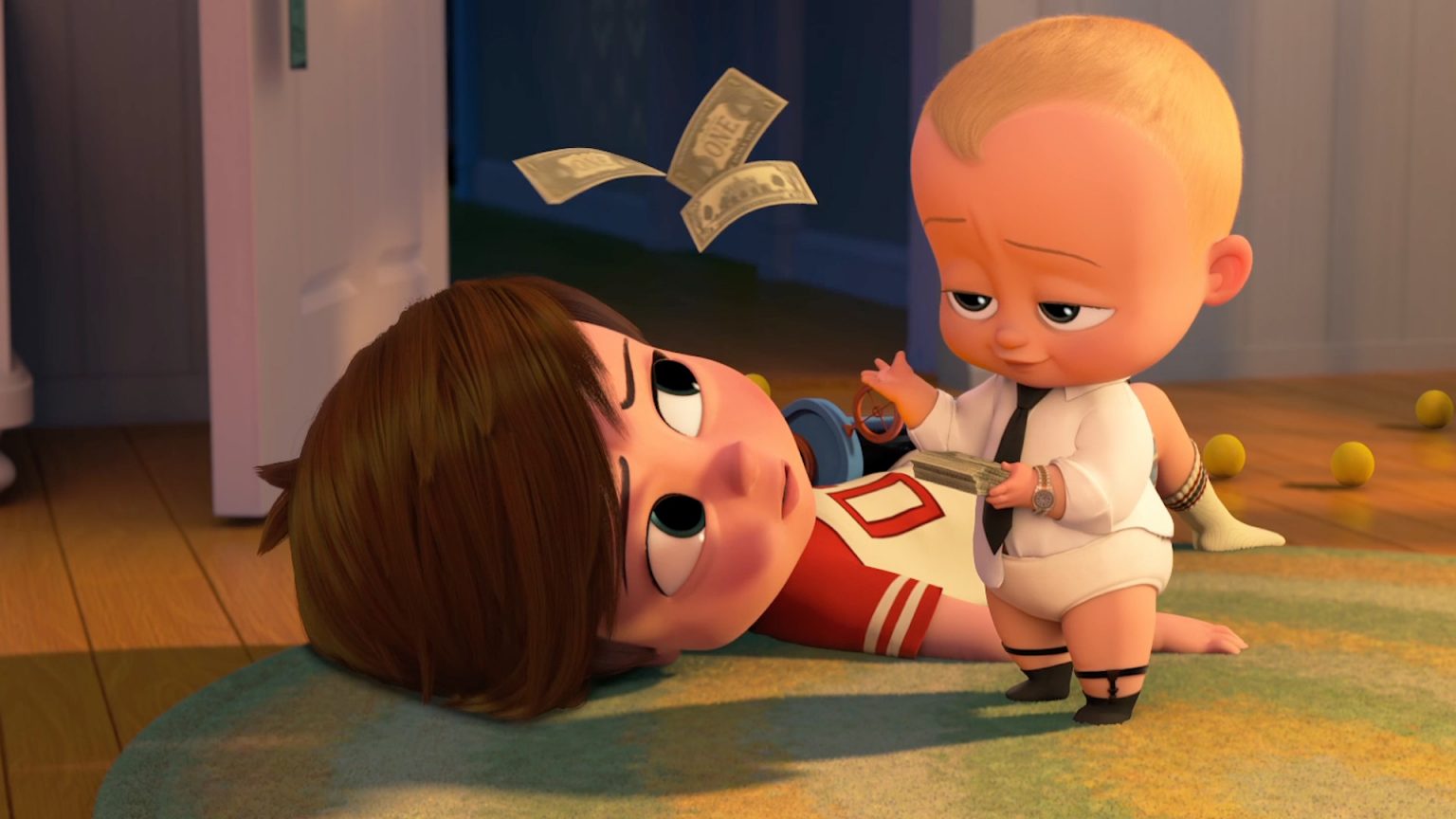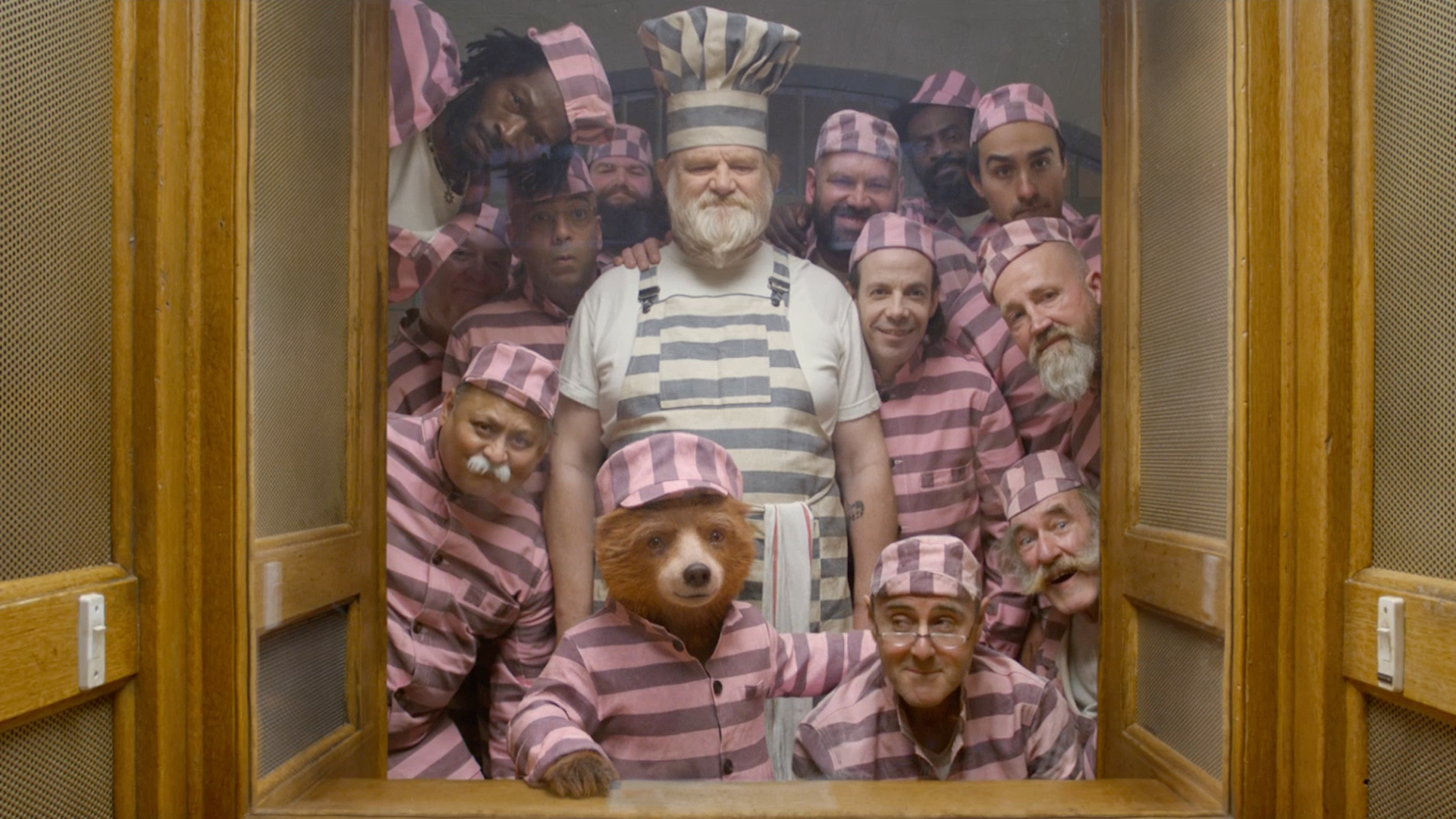One common excuse that I hear in regards to “bad” Hollywood animated movies is that they are designed solely for children. While it is important to consider the experience of the viewer, this deflection of criticism validates a general (but thankfully not all-encompassing) laziness and greed on behalf of a few studios and filmmakers, most clearly evinced by the franchise and reboot “culture.” It is also condescending, as it deems children as undeserving of quality cinema.
The Boss Baby is the clearest culprit of this culture: even though the film shows a slight artistic merit—the more imaginative cartoon sequences, which evoke Speed Racer, for example—the ultimate pro-capitalist theme of the story is, to this viewer, icky, especially in a time when capitalist interests seem constantly to eclipse basic humanity. The film, which is nominated for Best Animated Feature, sickeningly normalizes business culture and stirs up a plot founded on corporate intrigue and self-gain. This is not The Wolf of Wall Street! This is a movie for children. What’s more is that this movie comes at a time that is ripe for protest art—the political possibilities for Baldwin, whose impersonation of Trump is famous (or infamous, depending on who you ask) are endless—and yet, despite the involvement of so many great comedians who have made a career satirizing popular and corporate culture, The Boss Baby remains complacent in the very things it should be satirizing.
It seems that every animated movie aimed at children that was released last year serves as a further example of this mode of movie-making. Despicable Me 3 fills its screen time with one-dimensional minions, which are clearly and exclusively present to sell merchandise; The Emoji Movie, The Lego Batman Movie, and The Lego Ninjago Movie offer two layers of branding each, and are very tuned in to the cash value of every character. They’re egregiously disinterested in setting positive examples for children or in creating “characters.” The minions of the Despicable Me franchise do not even speak, and the “characters” within these other movies are too hyperactive to do anything but advertise for branded merchandise. I hardly believe that this is the intellectual example hoped for upon visits to the cinema.
However, this isn’t to say that Hollywood animated cinema is completely “bad.” Pixar, even though it has been a subsidiary of Disney since 2006, still manages to consistently make enjoyable, progressive films, using their platform to promote representation for groups that are generally denied mainstream exposure; Coco, which, like The Boss Baby, is nominated for Best Animated Film, is a positive example of what the family film can be, and expresses the culture and heritage it depicts in a way that is both stimulating and respectful. Another example rests in Laika Studios, which emphasizes quality over quantity. Though less prolific than Pixar, their animation is generally stunning, their narratives are always sincere, and their themes are always sound; disappointingly, their films, like the fantastic Kubo and the Two Strings, tend to get overlooked.
Now, compare the aforementioned Hollywood offerings of last year to recent and well-deserved critical darling Paddington 2, which set a record on Rotten Tomatoes for most consecutive “Fresh” reviews without receiving a single “rotten” review. The film is founded on the long-existing children’s book, first published in 1958, yet it aims to actualize rather than sell merchandise. Director Paul King does not belittle his audience with purely vulgar or dumb slapstick humor, choosing rather entertain with creative, expressive stunts that recall the haydays of stars such as Buster Keaton and Charlie Chaplin. In one scene, Paddington dons the Tramp’s famous mustache, as he is pushed through a series of gears in an homage to Chaplin’s Modern Times.
King trusts his young audience and imbues his film with a political consciousness that alludes heavily to immigration and Brexit. The two oft-debated political concepts are never explicitly mentioned, but the insinuations are easy enough to glean, even through the lens of a kid-friendly story that encourages kindness and politeness towards those who are different than oneself. When I watched the first film, children in my theater were demonstrably vitriolic towards Peter Capaldi’s old, white, conservative Mr. Curry and his attempts to rally the community against Paddington under the guise of providing safety. They recognized the transparency of his xenophobia.
Another example of an animation studio making exemplary films comes to us from Japan, where Studio Ghibli, set the standard for the beauty and intricacy of its animation and the pleasantness of its characters and themes. Headed by six-time retiree Hayao Miyazaki, the studio repeatedly bolstered the anime tradition and the art form as a whole. And for another source for fantastic films to show your children, check out New York-based distributor G Kids, which regularly makes available foreign animation for US audiences. In the last few years, they have distributed films such as Oscar nominees The Breadwinner, My Life as a Zucchini, Boy and the World, and The Tale of Princess Kaguya (of which subtitles—another common justification for the refusal to show quality films to children—prove little problem for the vivacious, language-defying nature of their animation). More than ever, it is of vital importance—and easier than ever—to introduce children to “good” cinema and to resist the indoctrination of negative values. Simply put: children’s cinema does not need to be dumb.
Want more? Check out our video on Miyazaki here. And read this article about animation Studio Ponac and their new film, Mary and the Witch’s Flower here.





